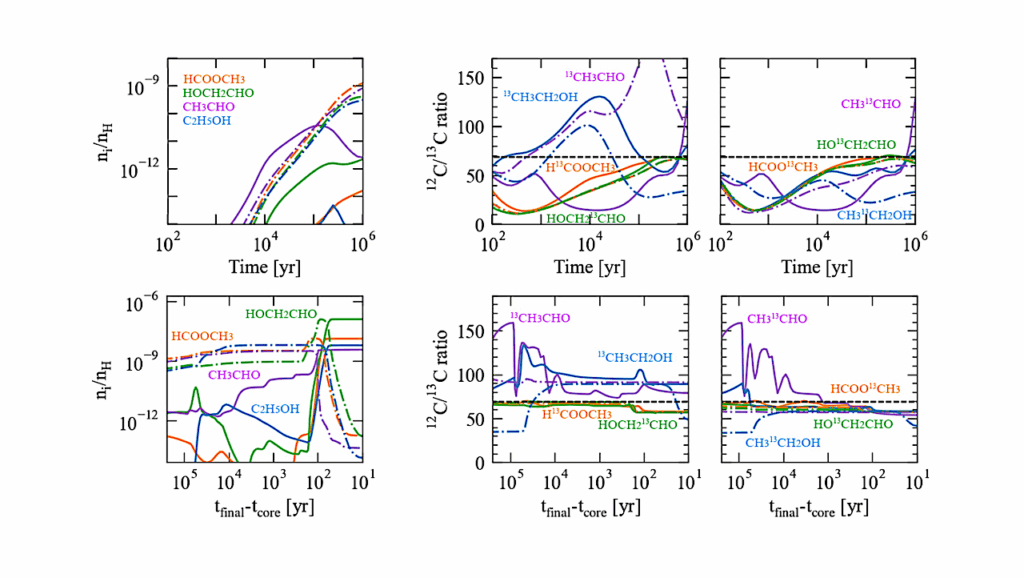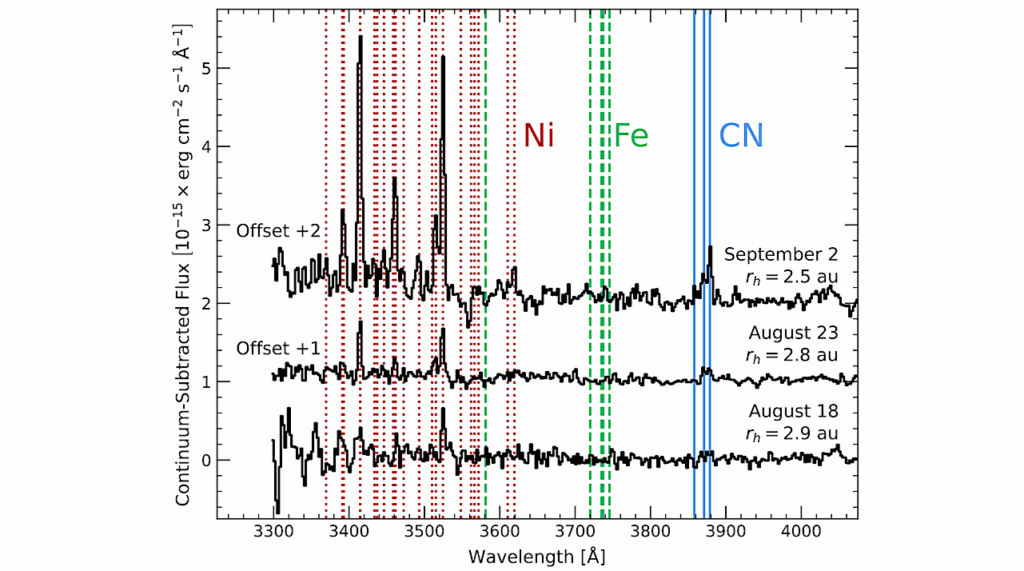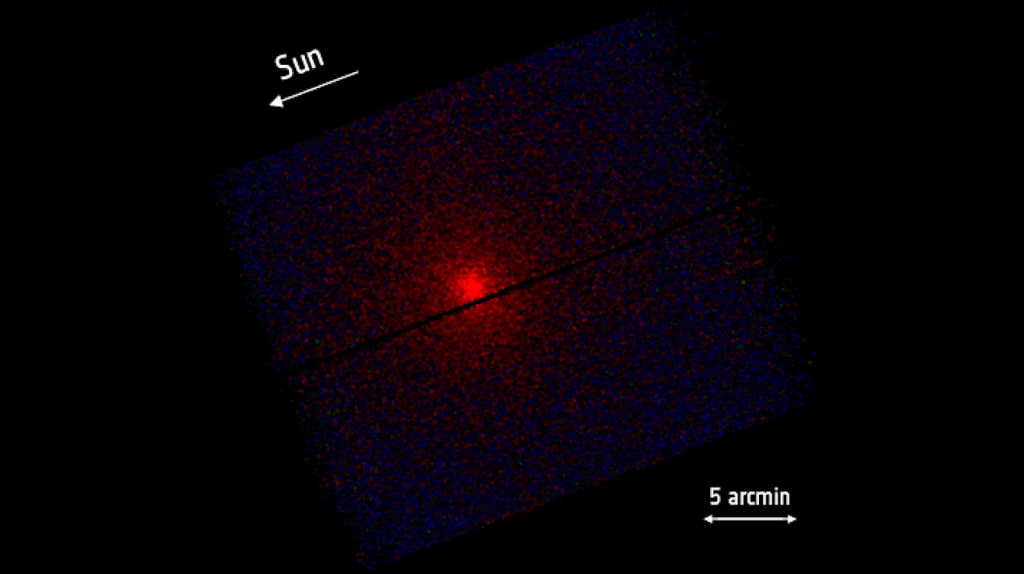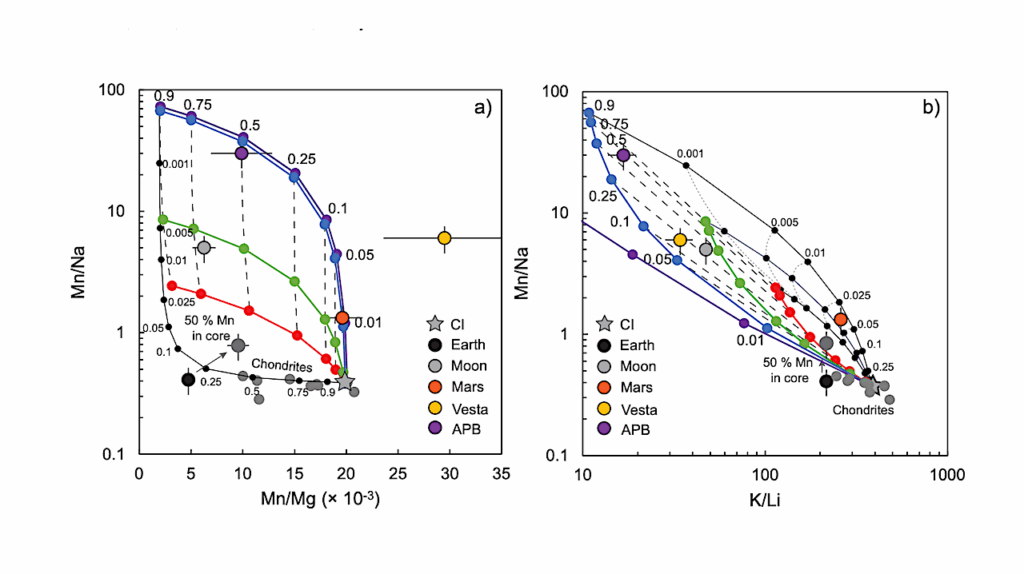Detectability Of Oxygen Fugacity Regimes In The Magma Ocean World 55 Cancri e At High Spectral Resolution

Ultra-short Period exoplanets (USPs) like 55 Cnc e, hosting dayside magma oceans, present unique opportunities to study surface-atmosphere interactions. The composition of a vaporised mineral atmosphere enveloping the dayside is dictated by that of the surface magma ocean, which in turn is sensitive to its oxygen fugacity (fO2). Observability estimations and characterisation of the atmospheric emission of 55 Cnc e have mostly remained limited to low spectral resolution space-based studies.
Here, we aim to examine ground-based high-resolution observabilities of a diverse set of mineral atmospheres produced across a grid of mantle fO2s varying over 12 orders of magnitude. We assume a Bulk Silicate Earth mantle composition and a substellar dayside temperature of T = 2500K in the near infrared wavelength (NIR) region. This spectral range is often featureless for this class of atmospheres at low-resolution.
Coupling our newly developed simulator for synthesising realistic observations from high-resolution ground-based spectrographs (Ratri) to a pre-developed high-resolution cross-correlation spectroscopy (HRCCS) analysis pipeline (Upamana), we find that this array of mineral atmospheres would all be detectable with 11 hours of observing time of the dayside of 55 Cnc e with CARMENES and each individual scenario can be correctly differentiated within 1σ.
Our analysis is readily able to distinguish between a planet with an Earth-like redox state (with fO2 ∼3.5 log10 units above the iron-wüstite, IW buffer) from a Mercury-like planet (fO2 ∼5 log10 units below IW). We thus conclude that the HRCCS technique holds promise for cataloguing the diversity of redox states among the rocky exoplanetary population.

Grid based model Selection in the SVD/PCA based detrending case for 4 values of 𝑘 used for detrending each night of observation. Injected models are always selected within the 1𝜎 contours in all cases. – astro-ph.EP
Spandan Dash, Matteo Brogi, Fabian Lukas Seidler, Paolo A. Sossi, Siddharth Gandhi, Vatsal Panwar, Marina Lafarga, Peter J. Wheatley
Comments: Accepted in the Monthly Notices of the Royal Astronomical Society (MNRAS), 20 pages of main text with 8 figures, and an 8 page appendix with 8 figures
Subjects: Earth and Planetary Astrophysics (astro-ph.EP)
Cite as: arXiv:2503.15196 [astro-ph.EP] (or arXiv:2503.15196v1 [astro-ph.EP] for this version)
https://doi.org/10.48550/arXiv.2503.15196
Focus to learn more
Submission history
From: Spandan Dash
[v1] Wed, 19 Mar 2025 13:33:52 UTC (14,642 KB)
https://arxiv.org/abs/2503.15196
Astrobiology,








